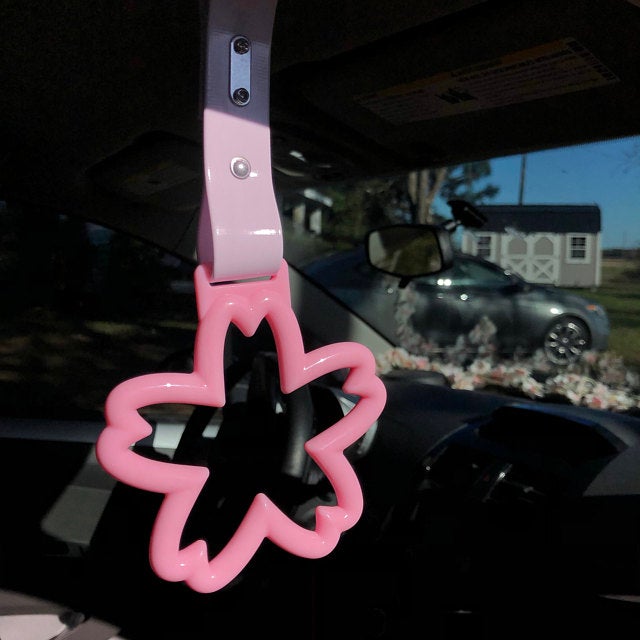
Tsurikawa, also known as “train handles” or “subway straps,” are a type of accessory that originated in Japan and became popular among car enthusiasts. The word “Tsurikawa” translates to “hanging strap” in Japanese.
The story behind Tsurikawa dates back to the mid-20th century when Japan’s railway system experienced rapid growth, and train transportation became an integral part of people’s daily lives. In crowded trains, passengers would often hang on to overhead straps or handles for support during the commute.
This practice of grabbing the hanging straps not only provided stability but also became a symbol of the hustle and bustle of urban life in Japan. It embodied the commuter culture, where people endured crowded trains and embraced the efficiency and discipline associated with Japanese society.
As the car culture in Japan developed and modified cars gained popularity, car enthusiasts sought to incorporate elements of their beloved train system into their vehicles. Tsurikawa became a way for car enthusiasts to pay homage to the train culture and add a unique touch to their cars.
Initially, Tsurikawa straps were functional, allowing passengers to hold onto them during spirited driving or on racetracks. However, over time, they evolved into more of a decorative item rather than a functional one. Car enthusiasts began attaching Tsurikawa straps to their cars as a visual accessory, often hanging them from the interior roof handles or roll cages.
Tsurikawa straps come in various designs, colors, and materials, allowing car owners to personalize their vehicles and express their individuality. They have become popular not only in Japan but also in other parts of the world, particularly among car enthusiasts who appreciate Japanese car culture and aesthetics.
While Tsurikawa straps are primarily associated with the car modification scene, they have also found their way into other aspects of popular culture, such as fashion, where they are used as keychains or accessories on bags.
Overall, the story behind Tsurikawa is rooted in Japan’s train culture and the desire of car enthusiasts to incorporate elements of that culture into their cars, creating a unique and visually striking accessory.
Looking for a Tsurikawa? Check them out here!
